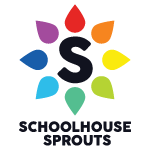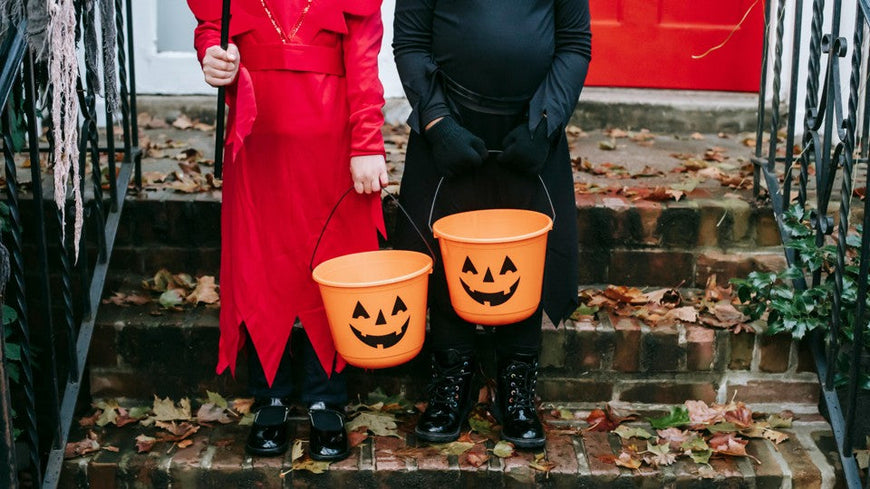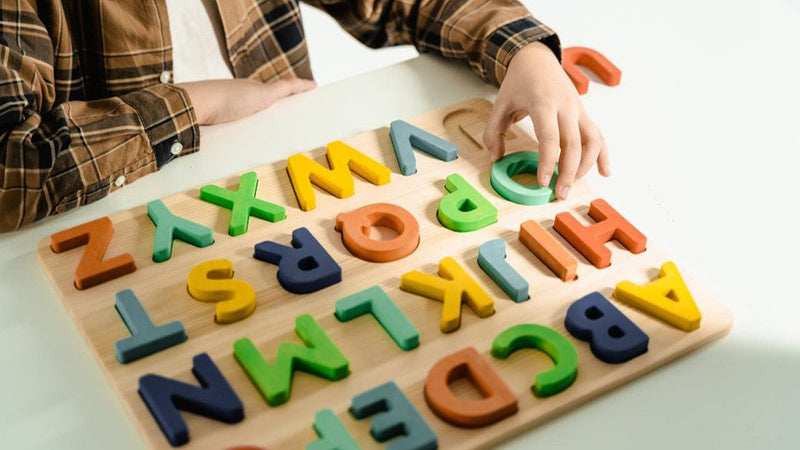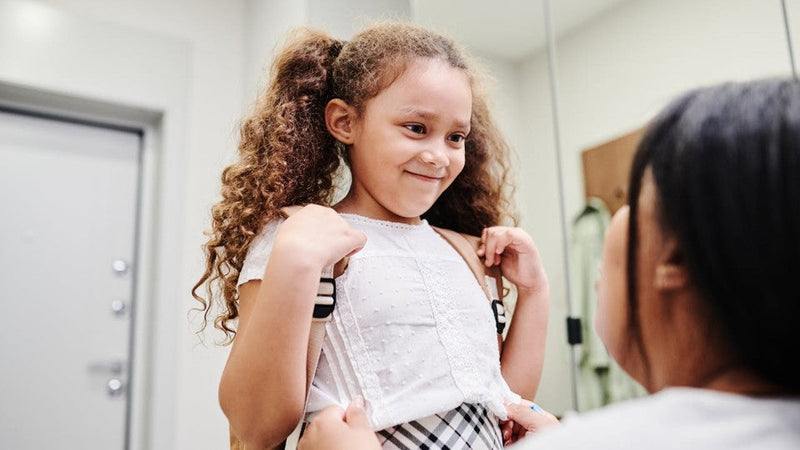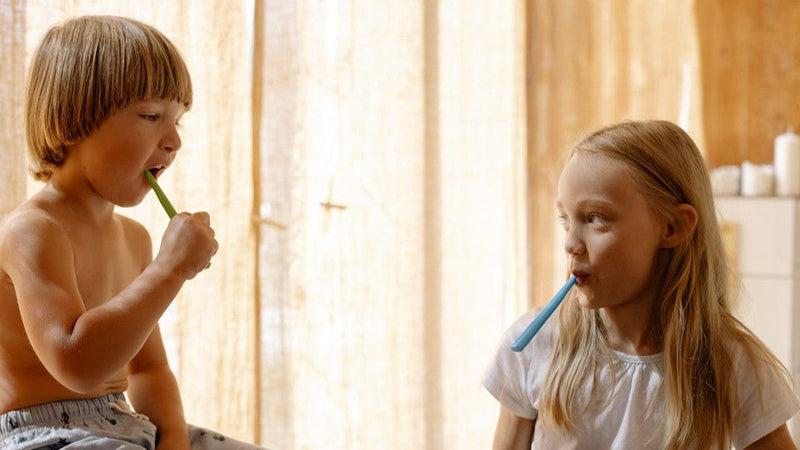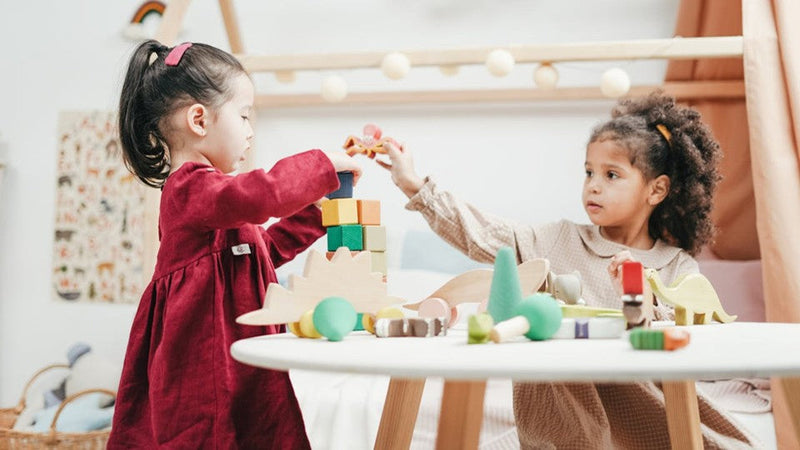

Fun, Hands-On Ways to Help Little Ones Appreciate the Good Around Them
Gratitude is more than just saying “thank you.” It’s the ability to recognize and appreciate kindness, generosity, and the simple joys that make life special. For young children, this powerful life skill begins not through lectures—but through play.
When kids explore gratitude in fun, hands-on ways, they learn to slow down, notice what matters, and express appreciation from the heart. Here are simple, playful ideas to help your child learn the meaning of thankfulness this season and beyond.
💛 1. Start with Storytime
Books are a wonderful way to spark conversations about feelings and gratitude. Choose stories that show characters giving, helping, and appreciating what they have.
📚 Try titles like Bear Says Thanks by Karma Wilson or Thank You, Omu! by Oge Mora.
After reading, ask questions like: “What made the character happy?” or “What are some things you’re thankful for today?”
🧩 2. Play the “Gratitude Game”
Turn thankfulness into a fun, interactive game.
- Write simple prompts on slips of paper: “Something that makes me smile,” “Someone who helps me,” or “My favorite sound.”
- Toss them in a bowl and take turns pulling one out and sharing answers.
You’ll be surprised by how thoughtful (and funny!) your child’s responses can be.
🎲 Tip: Make it movement-based—kids can hop, spin, or clap before picking their card!
🎨 3. Create a Gratitude Collage
Art is one of the best ways for children to express emotion. Provide old magazines, stickers, or drawings, and ask your child to fill a page with pictures of people, places, and things they’re thankful for.
Display it somewhere visible so they’re reminded of their blessings every day.
💡 Bonus: Turn it into a “Thankful Tree” by adding paper leaves each day in November with something new to appreciate!
🍎 4. Practice Thankfulness During Everyday Moments
Gratitude isn’t just for special occasions. You can weave it into simple routines:
- At breakfast, name one thing you’re thankful for before eating.
- On walks, talk about things you appreciate in nature.
- Before bed, share one “happy thing” from the day.
These small rituals help kids build a habit of recognizing the good around them.
🧸 5. Encourage Acts of Kindness
Helping others is gratitude in action.
- Draw thank-you pictures for teachers or neighbors.
- Donate gently used toys or clothes.
- Bake cookies together for someone who could use a smile.
🌻 When kids see how their actions make others happy, gratitude naturally blossoms.
🎥 Keep Learning with Schoolhouse Sprouts!
Looking for more ways to help your child learn through fun?
📺 Watch and subscribe to our Schoolhouse Sprouts YouTube channel for playful videos that teach kindness, gratitude, and learning through movement, music, and crafts!
Perfect for learning at home or on the go.
🌟 Conclusion
Gratitude isn’t something kids learn overnight—it’s something they grow into through experience and example. By turning appreciation into play, you’re helping your child build empathy, joy, and a lifelong sense of thankfulness.


